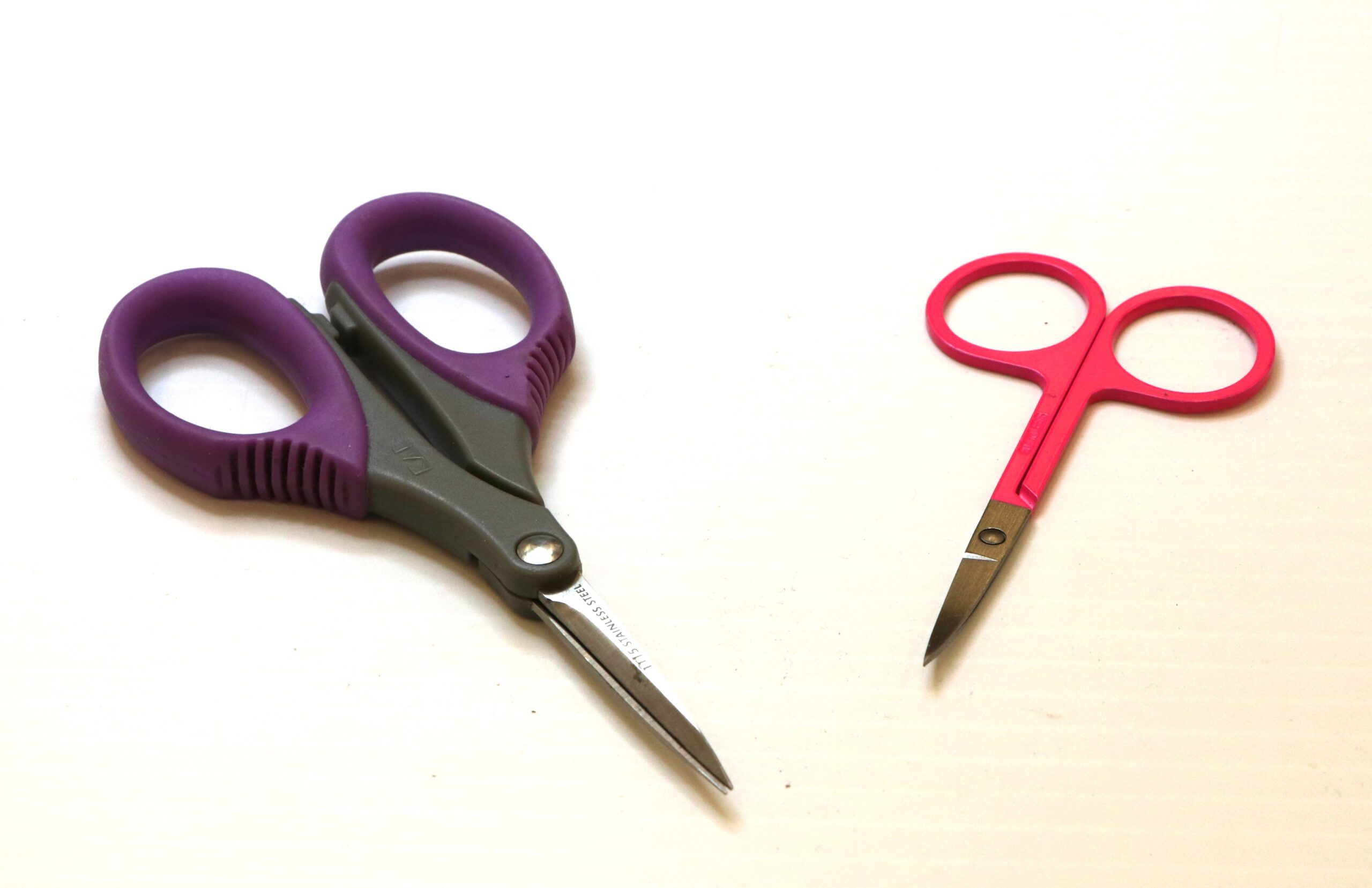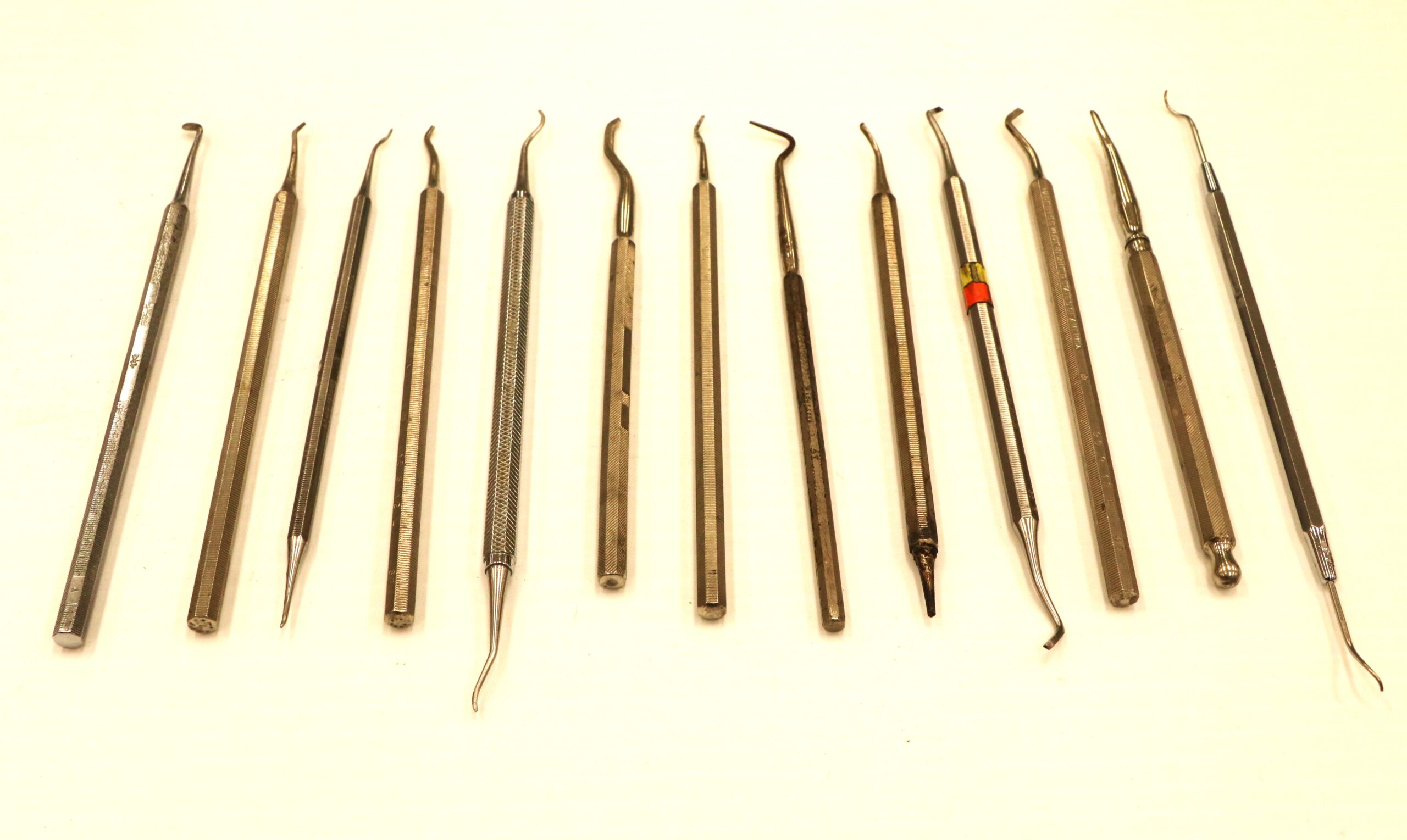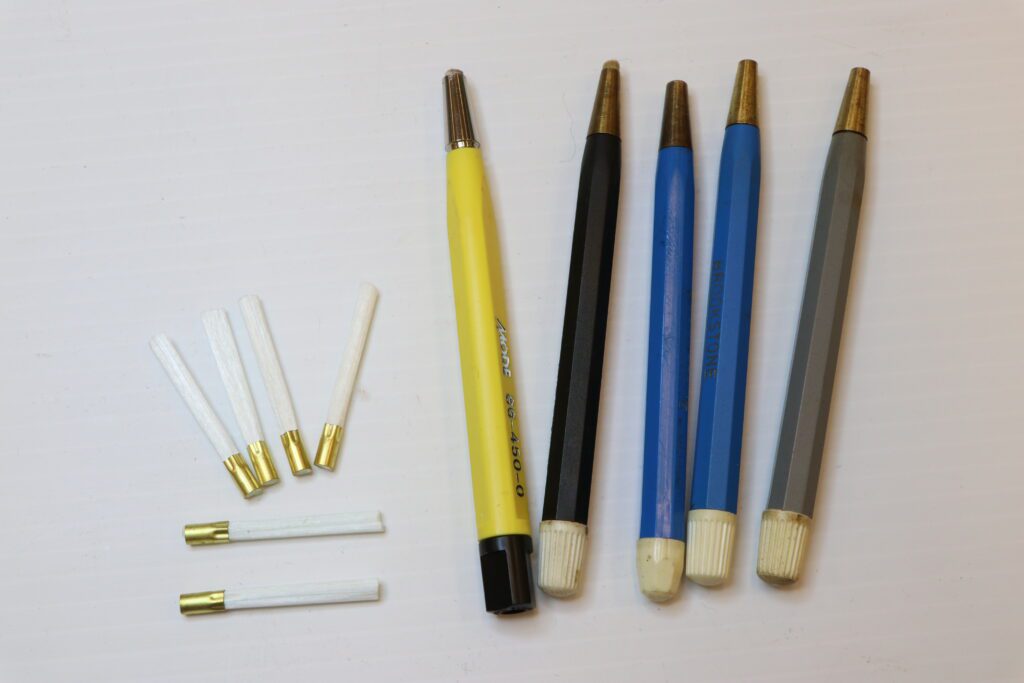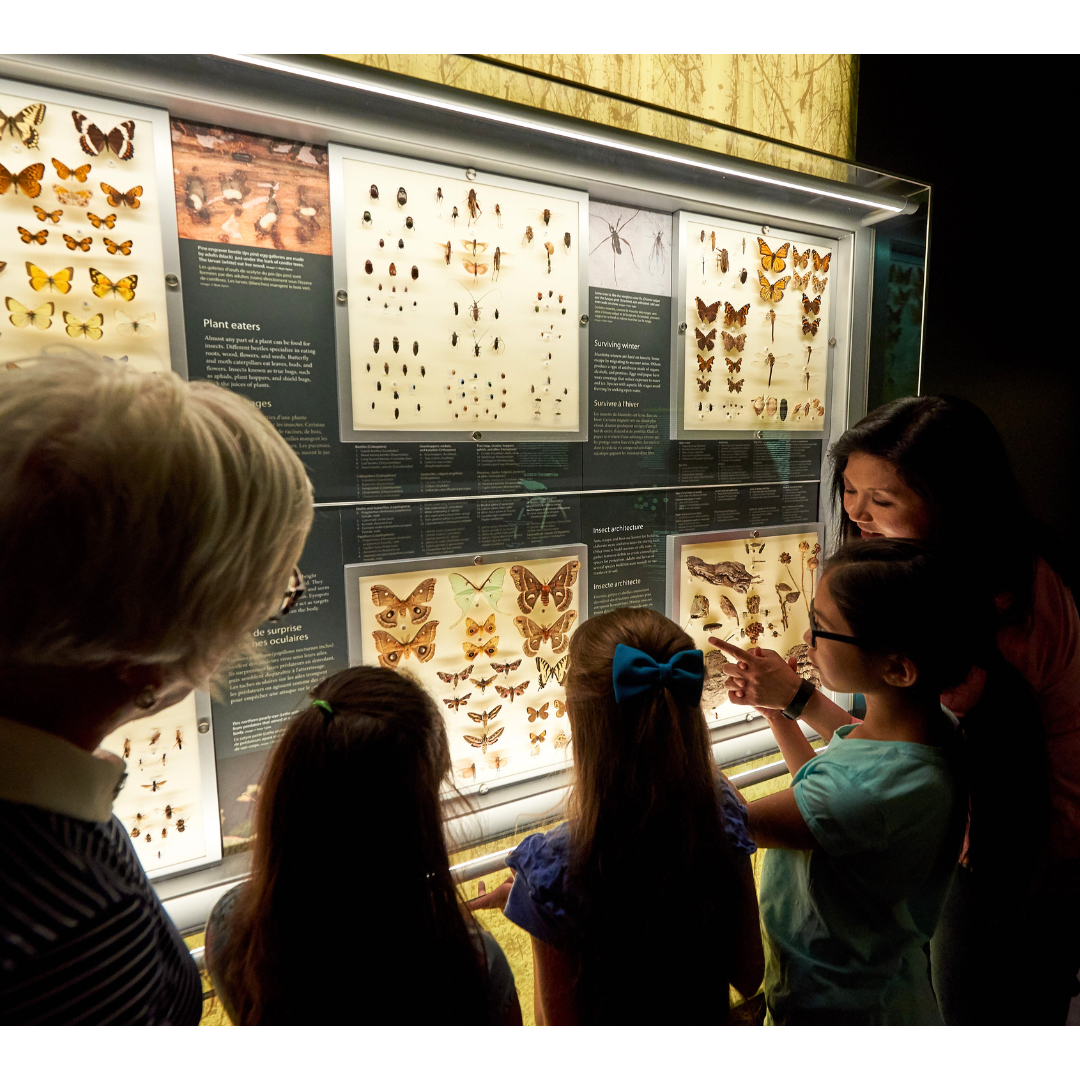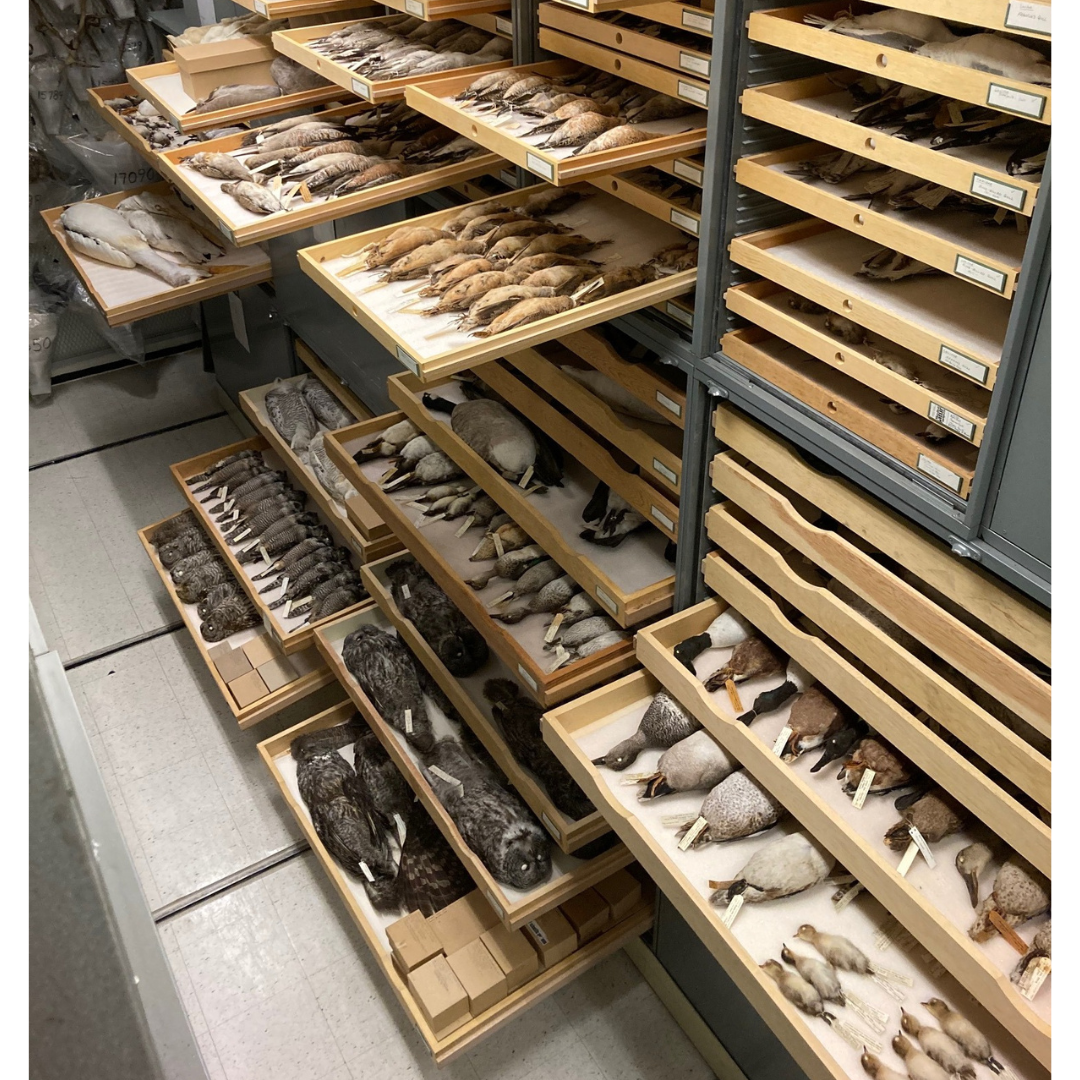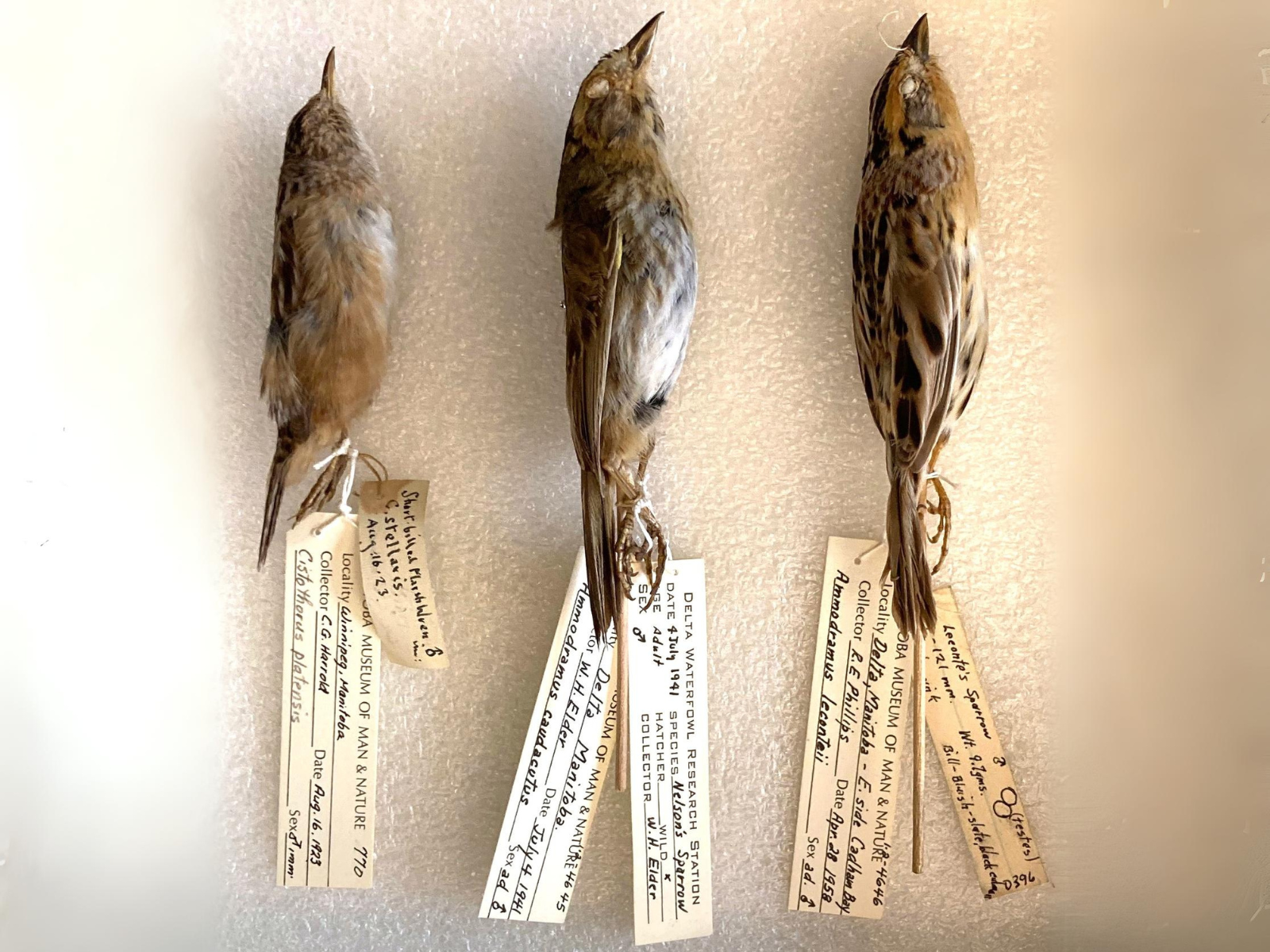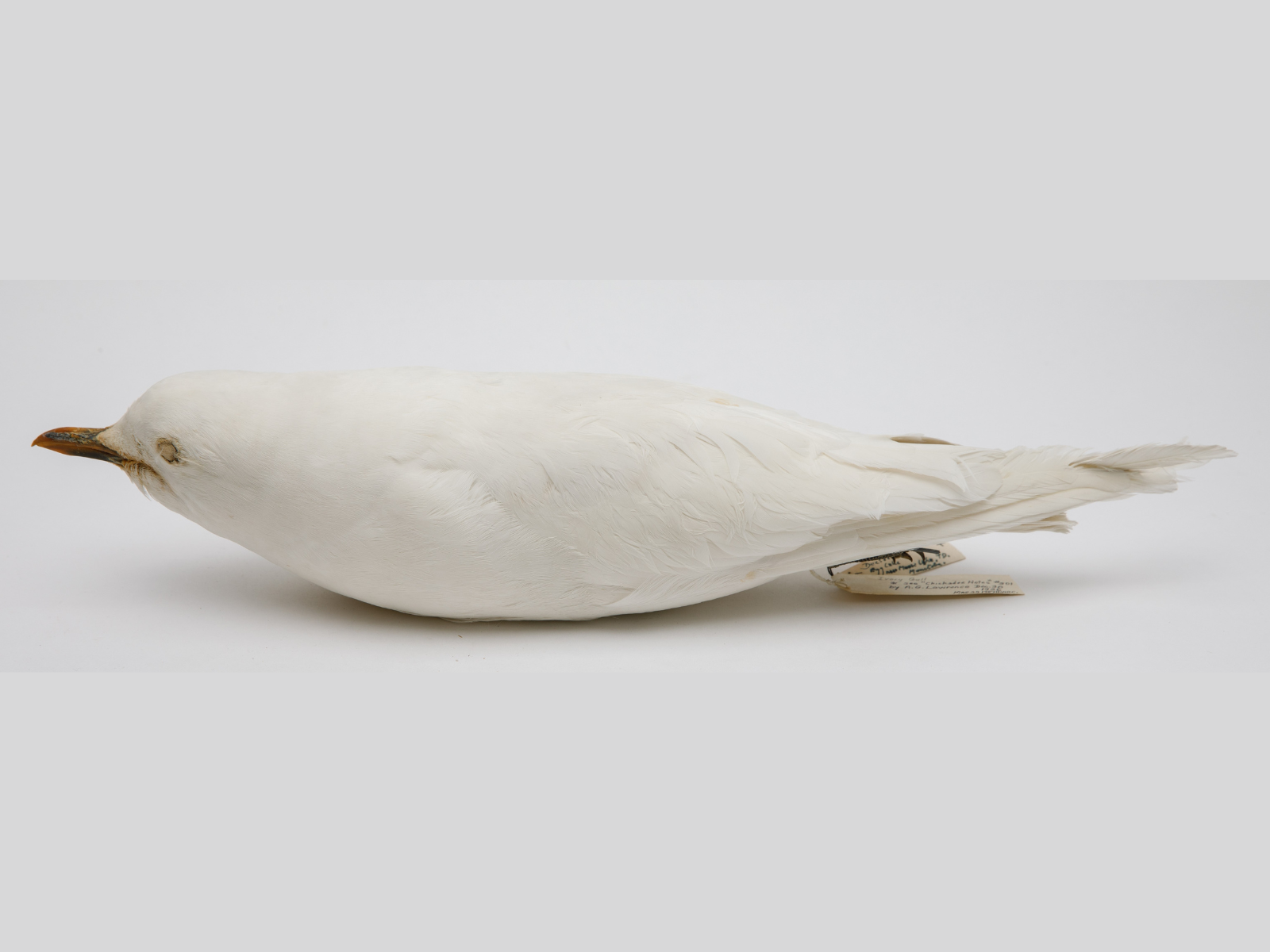Posted on: Tuesday April 2, 2024
There’s a solar eclipse that will be visible from Manitoba taking place on Monday, April 8, 2024 and you won’t want to miss it! In this video, Planetarium Astronomer Scott Young tells us the important things to know about eye safety, taking pictures of the eclipse, and the in-person and online viewing parties.
Find more information on our website, here.
The Museum Shop has SOLD OUT of eclipse glasses. You can find alternate ways to view the eclipse safely without glasses on our resource page through the link above.



